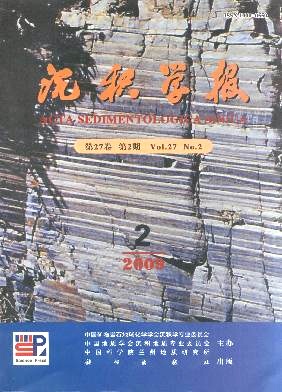Geochemical Composition of Sediment in Gahai Lake Since 11.5 ka BP and Its Environmental Implication
- Received Date: 1900-01-01
- Rev Recd Date: 1900-01-01
- Publish Date: 2009-04-10
-
Key words:
- Gahai /
- sediments /
- palaeoenvironment /
- Holocene
Abstract: On the basis of the new time scale and the analysis of oxide of Core DG03 samples from Gahai Lake in Qaidam Basin, this paper employs SiO2,Al2O3,TiO2,Fe2O3,MgO,CaO,K2O,Na2O and their ratios, which are sensitive to environmental changes, to reconstruct the palaeoenvironmental changes since 11.5 kaBP in Gahai Lake. The results show that there are four distinct climate changing periods in Gahai Lake Area since 11.5 kaBP. At the early stage of the Late Deglaciation, the climate was warm and a little bit dry in 11.511.16 kaBP, it soon turned to be extremely cold and dry in 11.16~10.16 kaBP, this dramatic changes should be correlated to the Younger Dryas events; When entering into the Holocene period, it was turned warm with some occurrence of short period of cold and dry events in 10.167.83kaBP; During the MidHolocene period (7.83~4.73kaBP)its climate was warm and wet, which was the best climatic stage since the Late Deglaciation period. The Late Holocene period (4.73~0 kaBP) was in the deterioration of climate which was cold and very arid.
| Citation: | CAO Guangchao. Geochemical Composition of Sediment in Gahai Lake Since 11.5 ka BP and Its Environmental Implication[J]. Acta Sedimentologica Sinica, 2009, 27(2): 360-366. |






 DownLoad:
DownLoad: